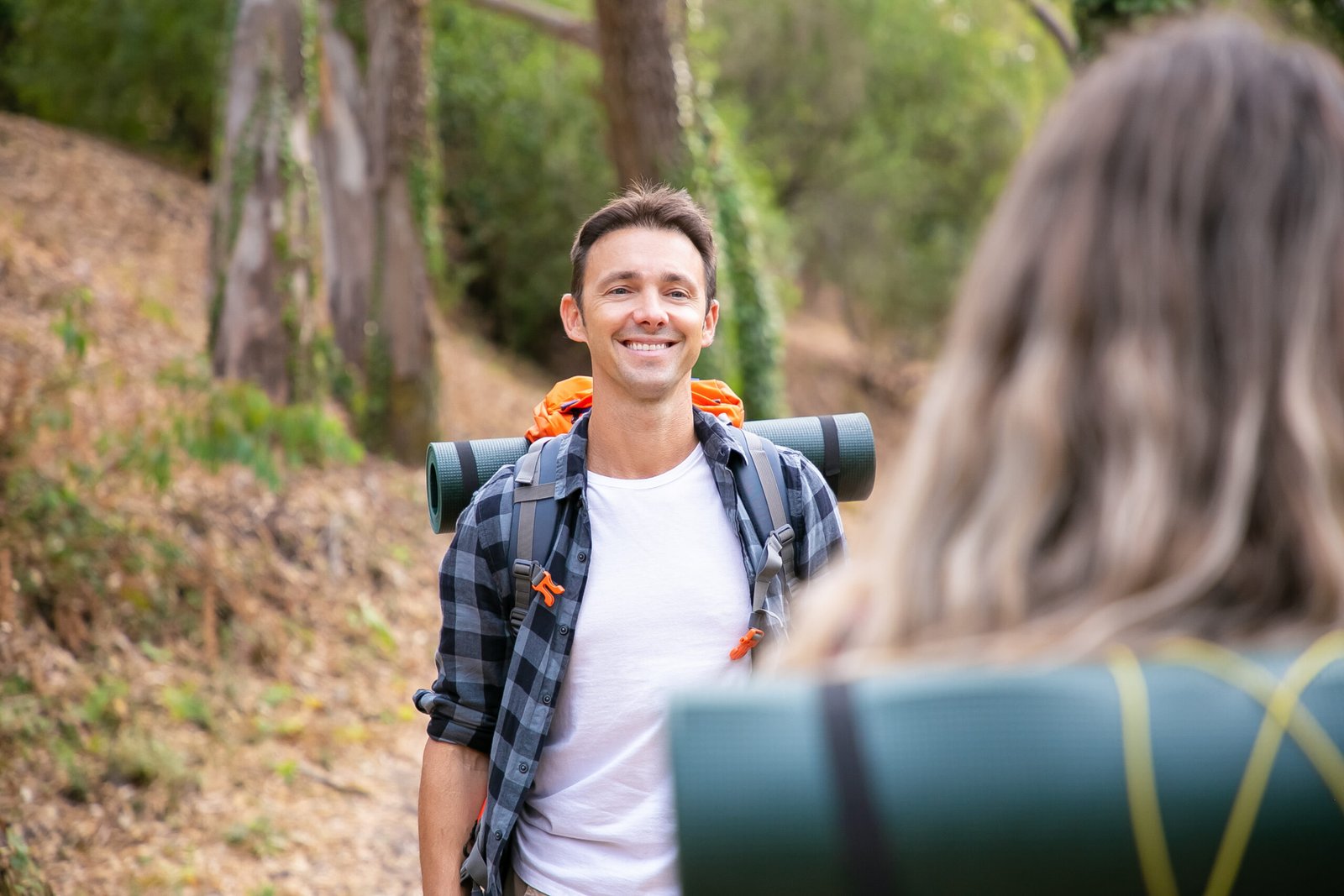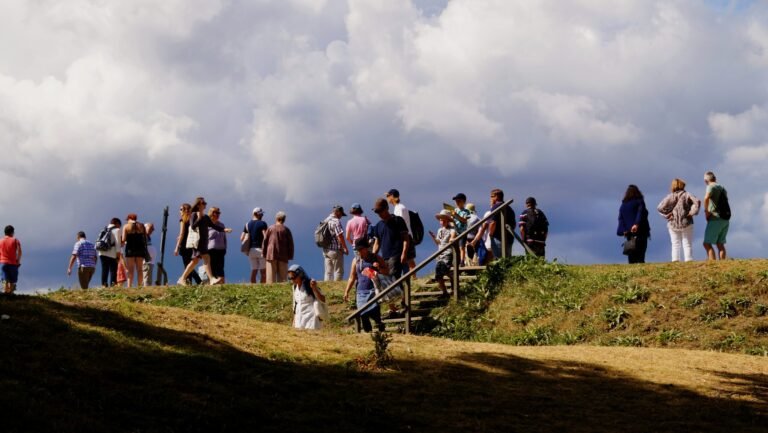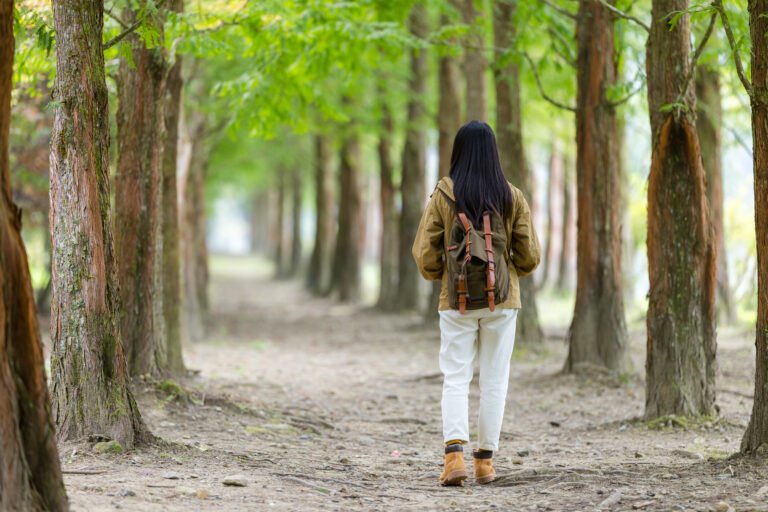Universal Trail Greetings: How Hikers Around the World Acknowledge Each Other
Discover How Hikers Around the World Acknowledge Each Other with unique trail greetings and cultural exchanges that unite outdoor enthusiasts globally.
A smile, a nod, or a cheerful “happy trails”—these small gestures form the backbone of trail etiquette worldwide. From Spain’s “buen camino” to Japan’s polite “konnichiwa”, outdoor enthusiasts share unspoken rules that transcend language. These exchanges aren’t just polite—they build camaraderie in remote landscapes where mutual respect ensures safety and shared joy. Let’s discuss How Hikers Around the World Acknowledge Each Other.
Laurence Sterne once wrote, “Respect for ourselves guides our morals; respect for others guides our manners.” This philosophy thrives on hiking paths. Legends like Billy Goat, known for thru-hiking the Pacific Crest Trail, often recall how a simple greeting turned strangers into friendships forged over dusty boots and sunlit peaks.
Trail manners go beyond words. Yielding to uphill trekkers, pausing during breaks, and maintaining group pace all signal respect. Solo hikers might share safety tips, while larger groups often swap stories at rest stops. Even a silent wave reminds everyone they’re part of a community—not just passing faces in the wilderness.
This article explores how these customs vary across cultures yet unite people through shared purpose. You’ll discover why a nod on a mountain path carries the weight of tradition—and how it shapes the modern hiking experience.
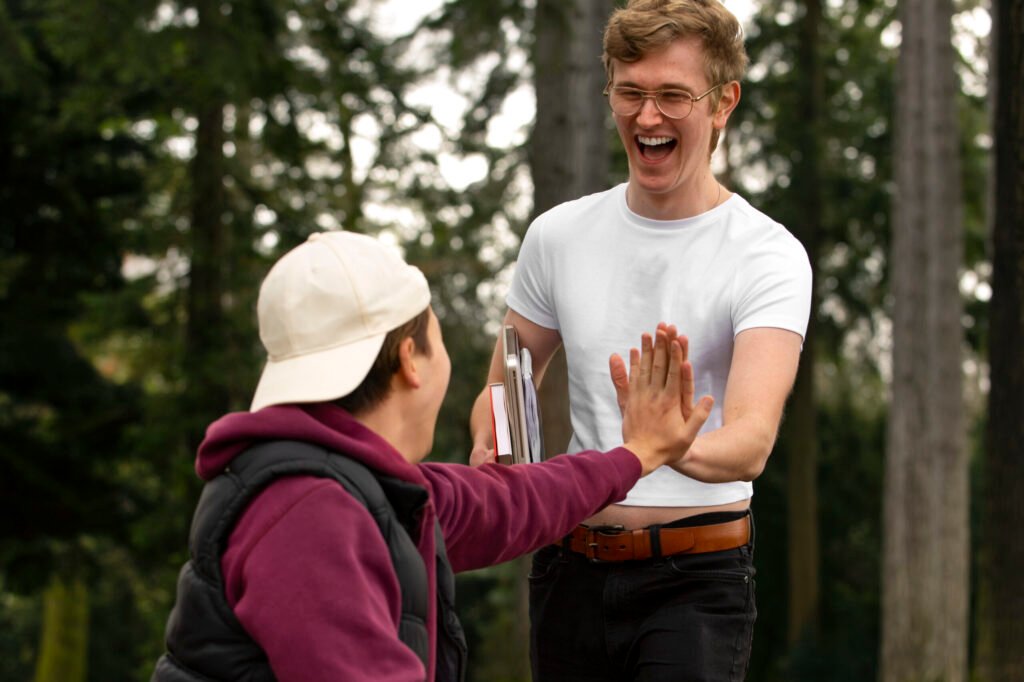
Global Traditions in Trail Greetings
From alpine passes to forested footpaths, trail greetings reflect the heartbeat of local cultures. While phrases differ, their purpose remains universal: to foster connection and mutual support among those exploring nature’s wonders.
Cultural Cheers: American “Happy Trails” & Spanish “Buen Camino”
In the U.S., “happy trails” evolved from cowboy ballads to a hiking anthem. Roy Rogers popularized the phrase in his 1952 song, embedding it in outdoor culture. Today, it’s shorthand for wishing fellow adventurers safe travels and good fortune.
Spain’s Camino de Santiago pilgrims greet each other with “buen camino” – literally “good path.” More than a salutation, it acknowledges shared struggles on the 500-mile route. As one hiker noted: “It’s not just words – it’s a reminder we’re all chasing the same sunrise.”
Eastern Influences: Japanese “Konnichiwa” and Beyond
Japan’s trails blend tradition with modern hiking etiquette. While “konnichiwa” (good day) is common, seasoned trekkers often add a slight bow – a nod to cultural respect. In Nepal’s Himalayas, “namaste” accompanies pressed palms, honoring both people and sacred landscapes.
These customs share a core truth: whether spoken or silent, greetings transform strangers into temporary allies. As hiking groups grow globally, learning local phrases becomes part of the journey – and the friendship.
Exploring How Hikers Around the World Acknowledge Each Other
Trail interactions thrive on unspoken agreements. Whether crossing paths in Utah’s red rock canyons or New Zealand’s fiordlands, hikers worldwide prioritize mutual respect as their compass. These principles shape every encounter, creating harmony between diverse hiking styles.
The Role of Mutual Respect on the Trails
Yielding to uphill travelers isn’t just etiquette—it’s physics. Uphill hikers expend 30% more energy, making right-of-way rules critical for safety and momentum. A 2023 trail etiquette study found 89% of outdoor enthusiasts view yielding as essential to positive trail experiences.
Respect extends beyond movement. Signaling breaks by stepping fully off the path prevents bottlenecks. Sharing water filters with struggling strangers turns potential crises into bonding moments. As Appalachian Trail veteran Jen Pharr Davis notes: “Trails teach us that helping others is helping ourselves.”
From Solo Ventures to Group Adventures
Solitude seekers and social hikers coexist through adaptable courtesy. Solo travelers often carry extra supplies to assist groups, while larger parties minimize noise to preserve the wilderness experience for others.
| Solo Hikers | Group Hikers |
|---|---|
| Maintain steady pace | Keep single-file on narrow paths |
| Carry emergency gear | Designate lead/follow positions |
| Offer trail condition updates | Respect quiet zones |
Both styles share common ground. A solo backpacker might join strangers for river crossings, while hiking friends often split up to accommodate different paces. These fluid interactions prove that trail courtesy adapts to serve all who wander.
Tips on Embracing Inclusive Hiking Etiquette
Mastering trail etiquette transforms hiking from a solo activity into a shared adventure. These unwritten rules ensure everyone enjoys nature while fostering connections between groups, solo explorers, and everyone in between.
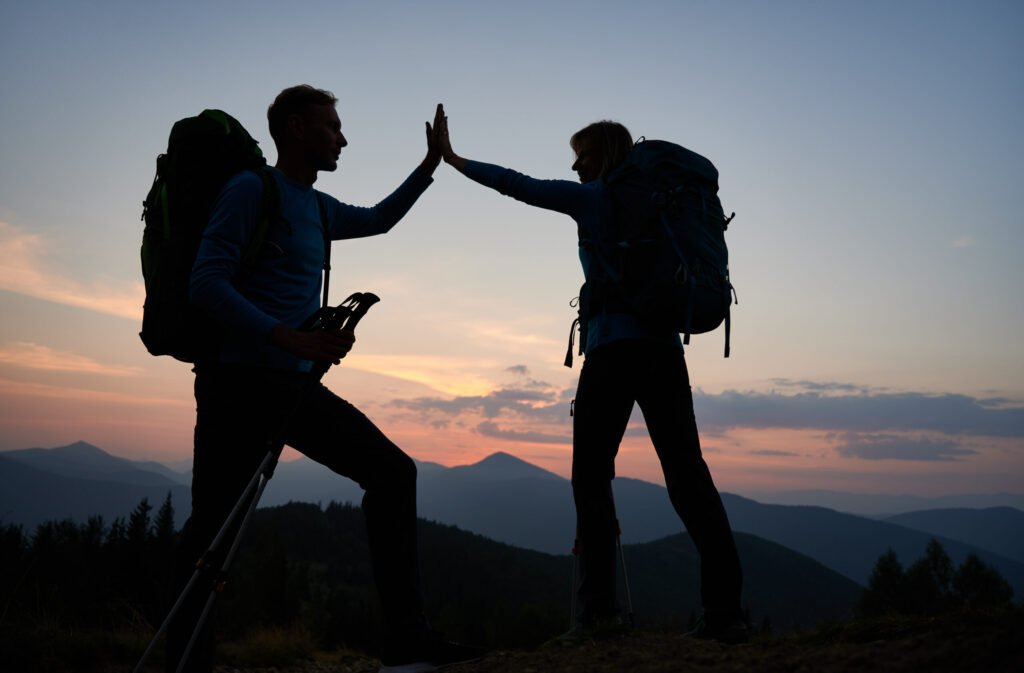
Trail Courtesy: Right of Way and Breaks
Always yield to uphill hikers—they’re working harder against gravity. Step fully off the path when resting, creating space for others to pass smoothly. The National Park Service recommends groups of four or more hike single-file to minimize trail erosion.
Shelter and Noise Etiquette for a Harmonious Journey
Mountain huts and campsites thrive on mutual respect. Keep gear tidy, honor quiet hours (usually 9 PM–6 AM), and use headlamps on red-light mode after dark. “A whispered ‘goodnight’ builds more camaraderie than a midnight guitar solo,” notes Appalachian Trail caretaker Mara Watts.
Practical Advice for Building Lasting Hiking Friendships
Share snacks during tough climbs—it’s the universal language of trail kindness. Align your pace with hiking groups, and communicate openly about rest stops. Research shows 73% of long-term friendships on trails begin with simple acts like filtering water for strangers.
Quick Trail Manners Checklist:
- Greet every passerby—silent nods count
- Pack out others’ trash if you spot it
- Keep music personal—use earbuds
Celebrating the Journey: Embracing Connection in the Great Outdoors
Every step taken on a trail weaves a story of human connection. From Spain’s “buen camino” to Nepal’s namaste, these greetings form a silent language uniting outdoor enthusiasts worldwide. Shared challenges—steep climbs, sudden storms—turn strangers into allies, proving that dirt paths bond people faster than paved roads.
Whether tackling solo hikes or group adventures, nature teaches timeless lessons. A Pacific Crest Trail veteran once said: “The friends I made swapping trail mix at 10,000 feet? Those bonds outlast any summit photo.” Research shows 68% of hikers recall trail companions more vividly than scenery, highlighting relationships forged through shared effort.
Group excursions amplify joy through laughter and teamwork, while solo treks offer space for self-discovery. Both experiences thrive on respecting others’ journeys. One Appalachian Trail thru-hiker described shared sunrises as “friendship accelerators”—moments where silent appreciation speaks louder than words.
Next time you lace up boots, remember: each hike writes its own story. Cherish quiet nods with fellow hikers. Welcome spontaneous chats at trail markers. Every interaction celebrates our shared love for wild places—and the unexpected friendships blooming along the way.
For more great hiking articles, go here.

